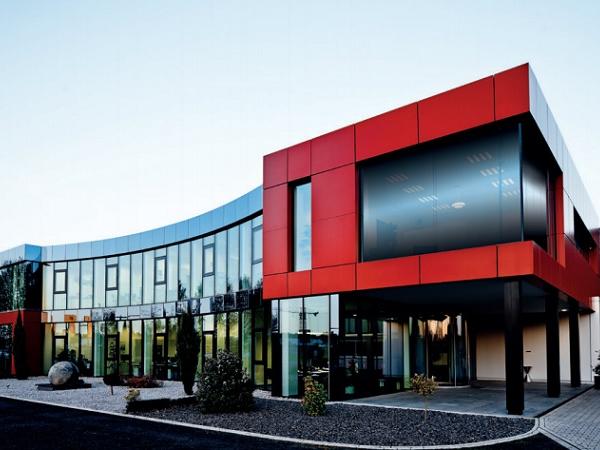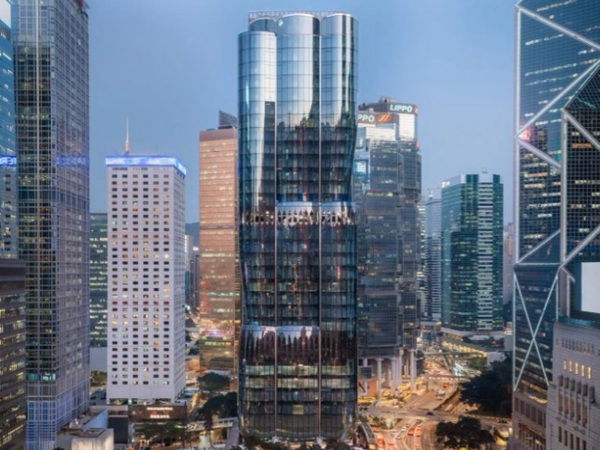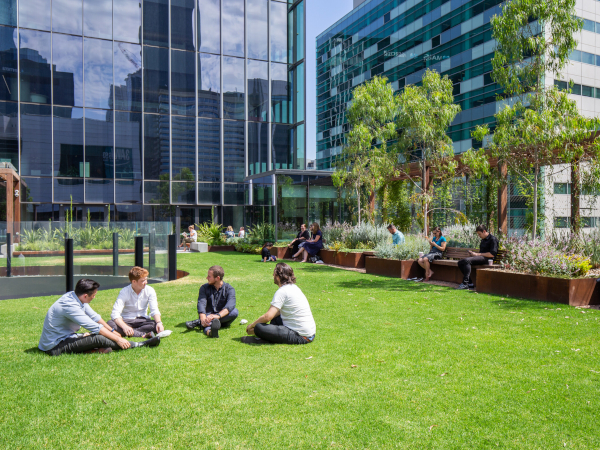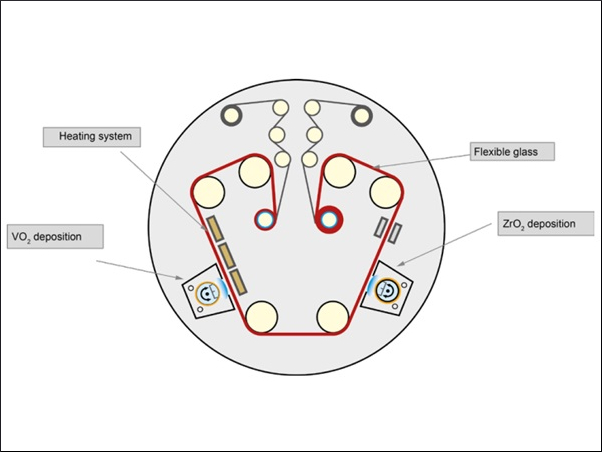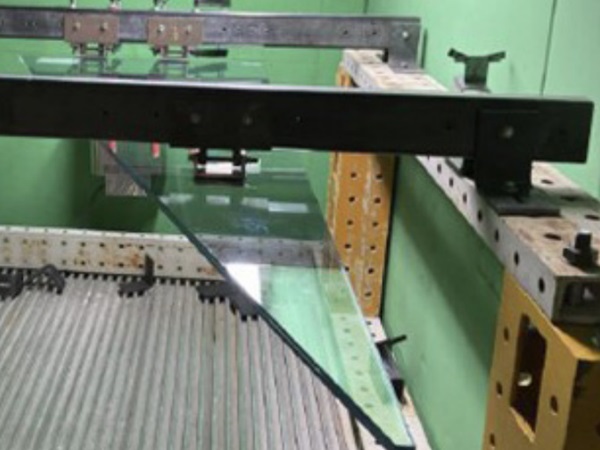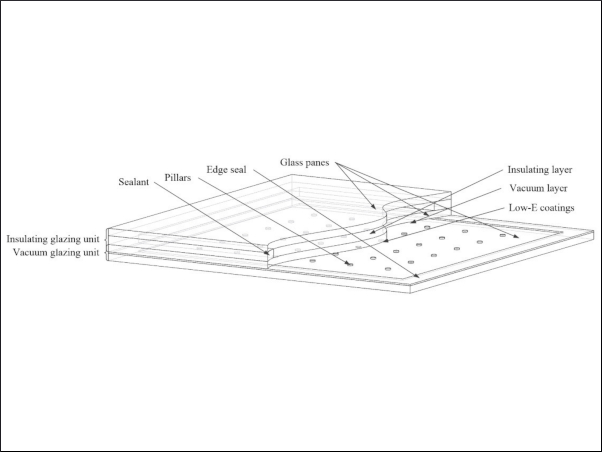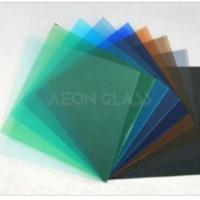First presented at GPD 2019
The goal is to enable Architects to develop custom glass colors that interact with the rest of the building and its environment while meeting energy performance targets.
Many architects and designers are tired of having to choose glass colors from a catalogue with a limited range of options. We are pushing these limits and are excited to offer a service called Design Your Coating!

Improving the building occupants’ comfort whilst enhancing the building performance is possible by using coatings with a variable gradient. A new coating technology offers not only the ability to customize the performance and color of glass so that it interacts with the rest of the building and its environment, but also that a single IGU can be designed as a graded/blended coating.
For example, the visible light transmittance in the upper area of the glass unit is high to maximize visible light for comfort, and is then gradually lowered towards the bottom of the unit to reduce heat gain and glare while maintaining an unobstructed view. This service is available as Sunbelt Dynamic.

When developing a new Low-E coating, one must determine the key targets such as but not limited to L*, a*, b* values (color spectrum), Solar heat gain, visible light and reflection.
The presentation focuses on how individual colors perform regarding the Visible Light Transmission, Solar Heat Gain and Reflection.

